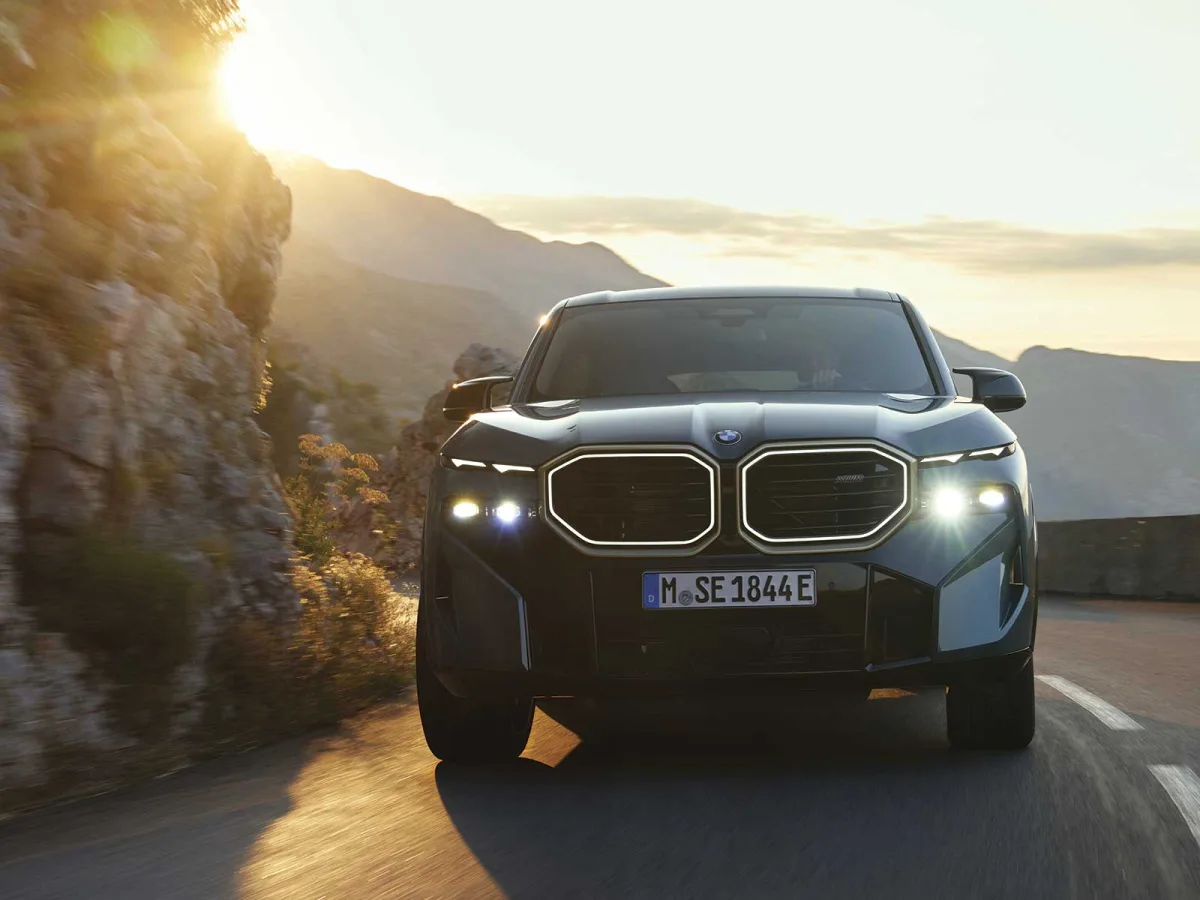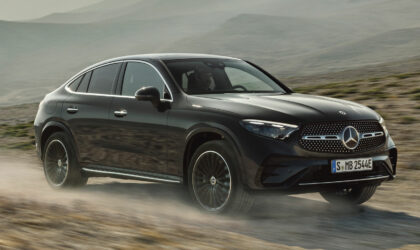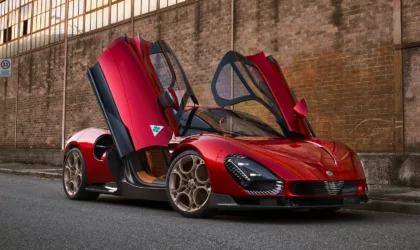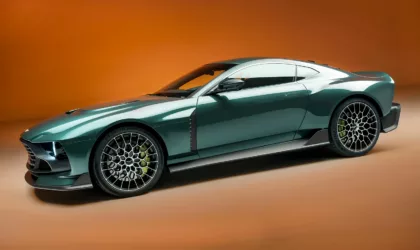The automotive industry is facing changes unlike anything seen in the last hundred years. We are slowly seeing a shift from individual car ownership to ‘Transport as a Service’. It’s about time; while cars have become increasingly computerised, most are still fairly inefficient, and are too infrequently connected to the Internet.
Four trends are starting to shape the cars we’ll drive in the future – autonomous, connected, electric, and shared. Think of our cars as just one element of a mobility system – and this system like many before – is overdue for further digital disruption. That’s why we’ll see carmakers move from selling us cars to selling us mobility experiences.
So how does this affect us right now? Well, not much, really. But the cars you’ll be driving in the next while will continue to be the early adopters – getting us incrementally closer to the future of mobility. Thanks to stricter regulations on emissions, cheaper battery costs, increasingly convenient charging infrastructure, there’s a surge in consumer acceptance of Electric Vehicles.
To get ahead of this disruption, just about every brand is expanding their EV offerings. Having driven most of them (admittedly on global launches in Northern Europe), EV’s are becoming truly sought after. But if you’re also into the aural delights of a sonorous combustion engine, don’t worry. There’s still rumbling V8’s in the mix. Here’s what you can expect to see on our roads during the year.
Based on the successful DBX, the Aston Martin DBX Coupe is an even sleeker coupé model. Going head-to-head with its nemesis, the Porsche Cayenne, this slippery all-roader offers a different driving experience from the standard car. The coupé shares its front end with its SUV sibling, but it gets a lower roof that flows down into a wider, more nuanced derrière. Under the metal, you can expect a more focused suspension set-up for sharper handling without sacrificing that languid cruising comfort the DBX is known for. And, of course, a traditional 4.0-litre twin-turbo V8 engine that propels if from a standstill to 100km/h in just 4.5 seconds.
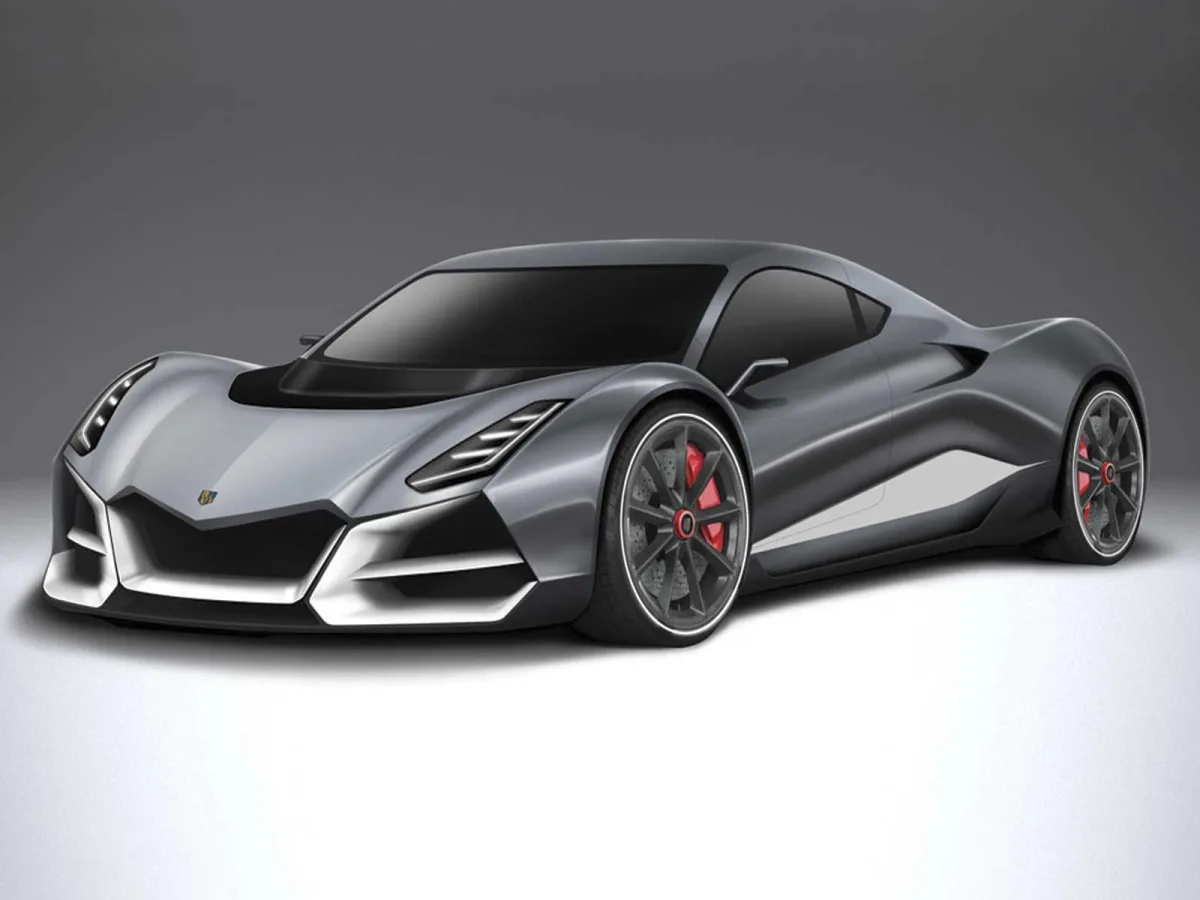
If you’re after a bit more exclusivity and something ‘a bit quicker’, wait for the Swiss firm Morand Cars to launch their new hypercar. With options of a full EV and hybrid powertrain, both power on to a ‘more than adequate’ top speed of around 400km/h. The price of each version will be approximately R36m, and they expect to sell 73 cars. Any takers?
But wait, before you authorise that money transfer, you should know the Bugatti Royale will offer their peerless new electric hyper-limo later in the year. Bugatti’s flambouyant Stephan Winkelmann said there will be a new direction as the French brand expands the range. “In Bugatti’s future, top speed doesn’t play the leading role anymore. We’re going to put an emphasis on light weight, ultimate vehicle dynamics, and modern sustainable luxury.”
Using a stretched Porsche’s J1 Taycan platform and drawing inspiration from the 1926 original Royale, it will echo the latest Bugatti look with four doors and oodles of space inside for its über-high net worth fans. Three electric motors will make around 649kW, with all-wheel-drive capability. A coach-built, fully personalised interior will assuage the most demanding customers’ peccadilloes.
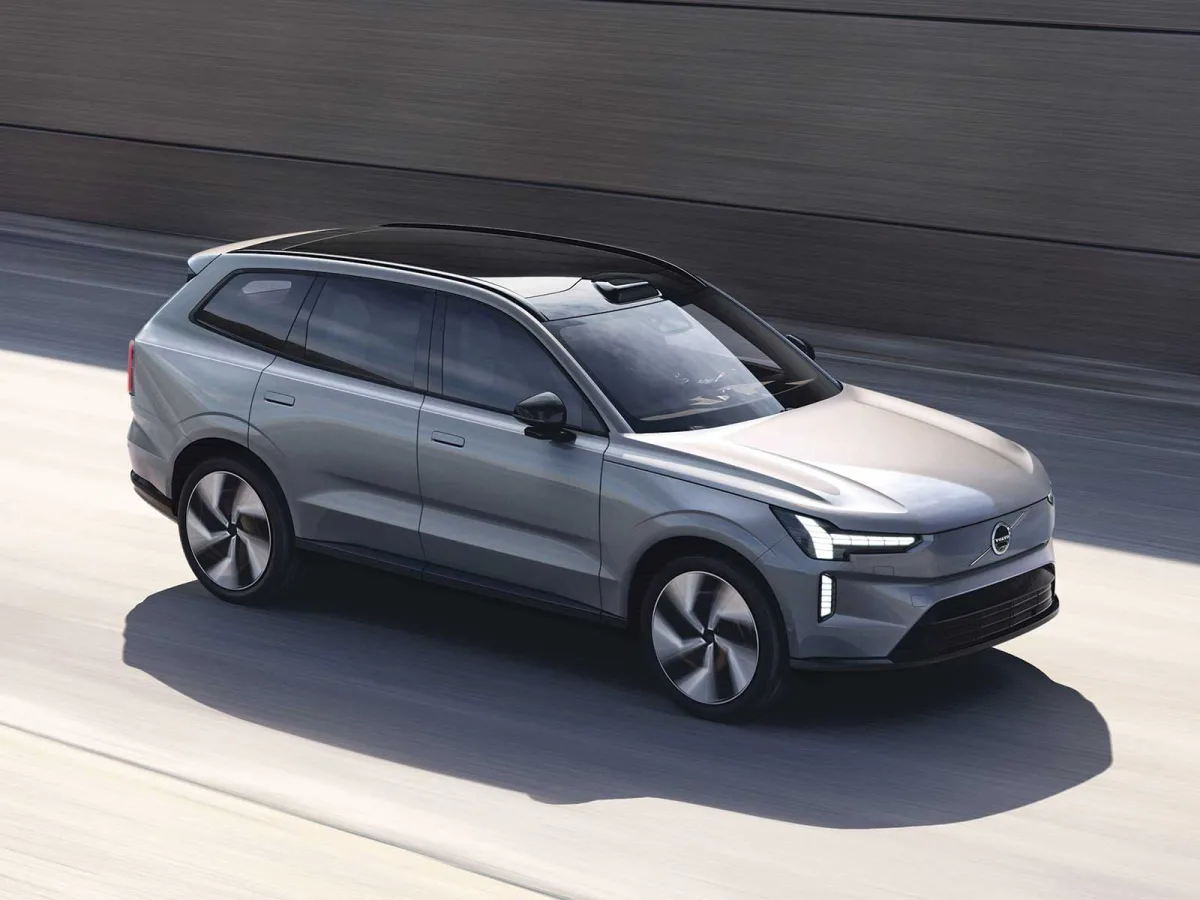
Meanwhile, if being swaddled in an ‘invisible shield of safety’ is higher on your priorities, the fully electric Volvo EX90 all-electric flagship SUV continues to align the increasingly upmarket Swedish brand with safety. Volvo say they are innovating towards cars that simply don’t crash anymore and also being 100 percent carbon free as a company. So, the EX90 should enhance safety by better understanding the way we drive.
The EX90 allows the car to understand your state of mind and the world around you with cameras, radars, and LiDAR, for a 360-degree real-time view of the world. LiDAR literally senses the road in front of you, whether it’s day or night, even at highway speeds. It can see small objects hundreds of metres ahead, creating more time to inform, act and avoid. Inside the cabin, it gauges eye gaze concentration and notices when you’re distracted, tired or otherwise inattentive and will alert you, first softly nudging, then more insistent if needed, finally safely stopping, and calling for help. Neat, huh?
Also ready in 2023, the BMW XM LABEL RED is the most powerful BMW M car ever made. If the classically high-revving 4.4-litre V8 Twin Power Turbo sounds anachronistic, consider this: It returns a combined fuel consumption of 1.7 – 1.4 l/ 100 km yet still muscles a system output of 550 kW (430 kW generated by the combustion engine and 145 kW by the electric drive system.) 0 to 100 km/h in 4.3 seconds. Now that is brisk and frugal.
Whilst the distinctive design is not be to everyone’s tastes, it is an incredible expression of presence and performance. Inside, you’ll be treated to a very driver-focused cockpit, and a luxurious M Lounge in the rear. Jekyll and Hyde, step this way.
Some of these cars are a ‘last hurrah’ for the internal combustion engine, whilst it’s clear from other new car launches heading our way that the car business is reshaping its value proposition in line with demands from society. We need to consume differently to preserve the climate and the environment for future generations.
by Richard Webb
